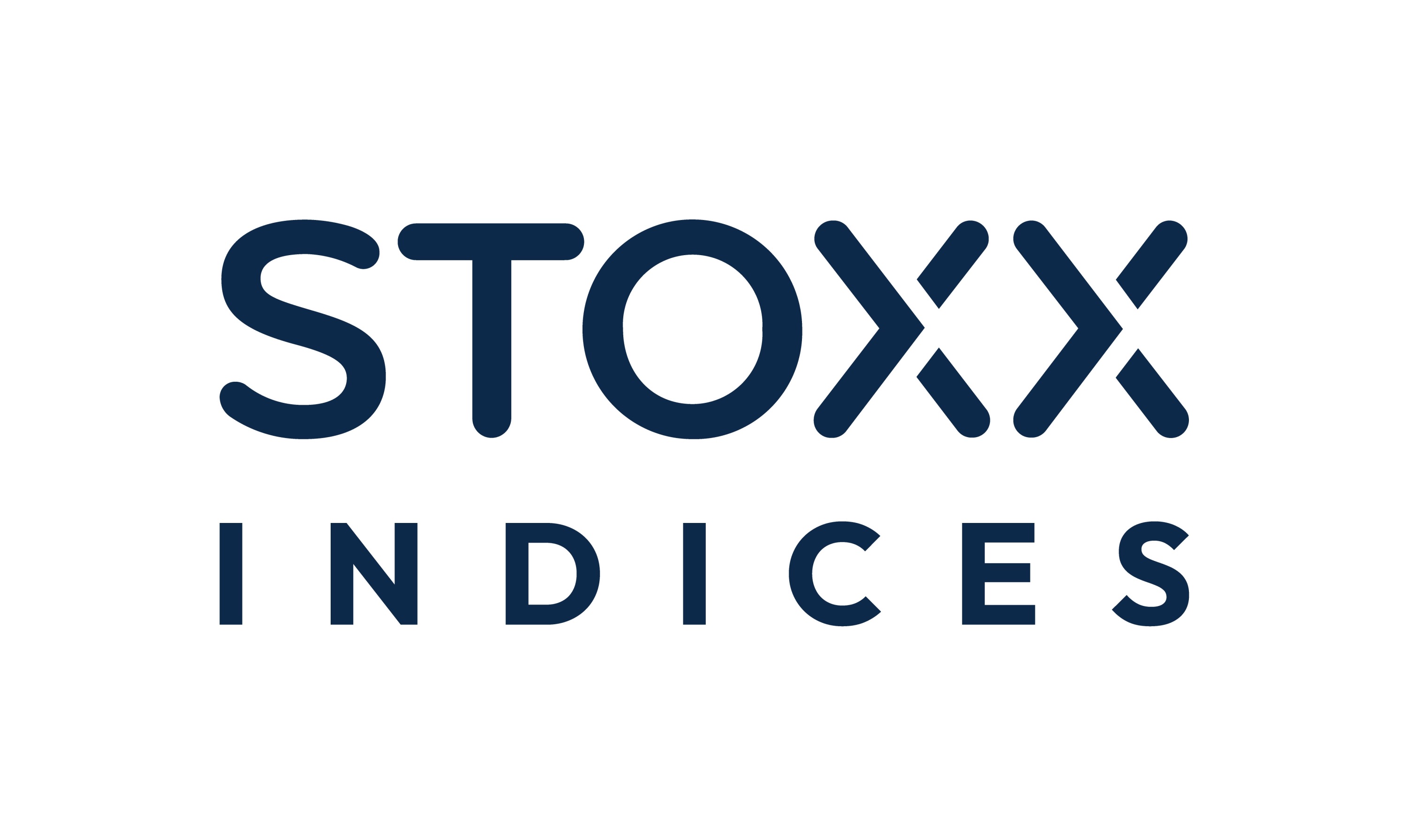A key evolution to watch within thematic strategies is not just their increasing sophistication but their growing presence within mainstream investment portfolios, according to Arun Singhal, managing director and global head of product management at STOXX.
Index construction in equities has shifted through rapid tides over the past century. From popular market cap-weighted benchmarks to small caps and sectors decades ago, to smart beta and now a growing range of increasingly granular future themes.
Facilitating this latter shift has been the proliferation of new data sets – from specific revenue segments, to wording in company documents, to patent filings – alongside the technology necessary to synthesise vast amounts of raw inputs and wrap them within transparent strategies.
What are the key differences between today’s rules-based thematic strategies and those a decade ago?
A decade ago, thematic investing – and investing broadly – was in a very different shape to where it is today. It is the age-old buzz words, technology, data, the acceleration of this entire industry has allowed us to capture more nuanced exposures and markets.
A decade ago, you were looking at regional or revenue-based allocation of firms. Today we are still using revenue to capture different themes, but a lot of other data sets and signals are now available.
Another key difference is the volume of thematic strategies. Historically, the differences are that technology and data have continued to allow us to push the envelope in capturing narrow-based exposures for different themes in a systematic, rules-based and transparent manner.
Transparency is provided through technology and data and the ability to look through within the selection process of securities.
What are some of the key efficiencies shortening the time-to-market on new thematic strategies?
When you look at the curation of data, we need to extract information at the constituent level. Companies have a wealth of data about their businesses and, decades ago, it was about market capitalisation or earnings.
Now, you can extract revenues of a company geographically. A decade ago, people would be doing that manually by analysing financial reporting. Now, technology has allowed us to scrub those financial reports aggregated across the majority of companies.
Companies are not mandated to disclose their revenues from a geographical location or sub-product level, but you can find that information in the sub-footnotes in the financial statements these companies put out.
How have sources of data evolved to adapt to more granular and esoteric exposures?
There is no shortage of data that hits our radar, it is having the ability to know how that data can be translated in a transparent manner in an index construct. That leads us to things like patents, revenues, geographic location.
Just within sustainability, there are large amounts of data. We just launched a biodiversity index and the amount of natural capital and biodiversity data out there is vast, but the ability to synthesise it and understand how to curate it into a rules-based process is the biggest challenge for index providers.
How will the role of NLP and AI develop within indexing?
Natural language processing (NLP) allows us to dig into data sets which are not synthesised. Companies put out a lot of information, much of which is done informally rather than formally.
NLP specifically, within the AI umbrella, allows us to process vast amounts of data, from board reporting and earnings to CEO comments. The challenge is staying true to who we are as index provider: Transparency, consistency, breadth and depth.
Right now the challenge is not to blindly take that data and run, but ask, is it being captured in a consistent manner, does it have the breadth and depth and replicability to put it into an index?
The industry is moving at a rapid pace where there is a desire to capture themes much more quickly before they have any sort of maturity at all. And that’s where we are trying to push the boundaries beyond revenues to see what other data sets we can use. Where you see unstructured data, that is where NLP and AI come in.
For some themes such as the Metaverse, which are earlier on in the maturity curve, you need more creativity.
How has demand for thematic strategies evolved?
People have always been after exposures or signals or information that will give them alpha. What has changed is that the broader consumer has been allowed to access this information.
A decade ago, folks were going in and doing these processes manually. Now what technology and thematic investing have done is to expand the access.
It is democratising investing. Just like you can now get a purchase delivered to your doorstep in 24 hours with the lowest price, any consumer can get the same intelligence and insight on a company packaged in a transparent manner in a thematic index.
How have the challenges of thematic index construction changed?
One of the biggest things we have done at STOXX over the past two years is reinforced our teams that evaluate our index methodologies. This is one of the challenges index providers have – they come from a world of broad-based passive investing.
There is nothing passive about indexes. We have to continually monitor and evaluate index methodologies and enhance them.
This is the challenge in our industry and so at STOXX we do not follow a ‘set it and forget it’ approach.
A significant portion of our roadmap and resources for this year is dedicated to enhancing index methodologies, having consultations, meeting with the marketplace, understanding if the methodology is still meeting the market needs and to anticipate anything we need going forward.
How do you expect the process of thematic index construction to change over the coming years?
What is going to evolve is the embracing of thematic investing within the mainstream investment portfolio. If we look at the sheer size and adoption of sectors, who is to say sectors could not have been called themes fifty years ago when they were created?
I think thematic investing is going to be more and more embraced within a broadbased investment allocation within portfolios and it is time to start evaluating it along the lens of sectors.
This article first appeared in ETF Insider, ETF Stream's monthly ETF magazine for professional investors in Europe. To read the full edition, click here.



